Home>Renovation & DIY>Home Renovation Guides>Where To End Backsplash Peninsula
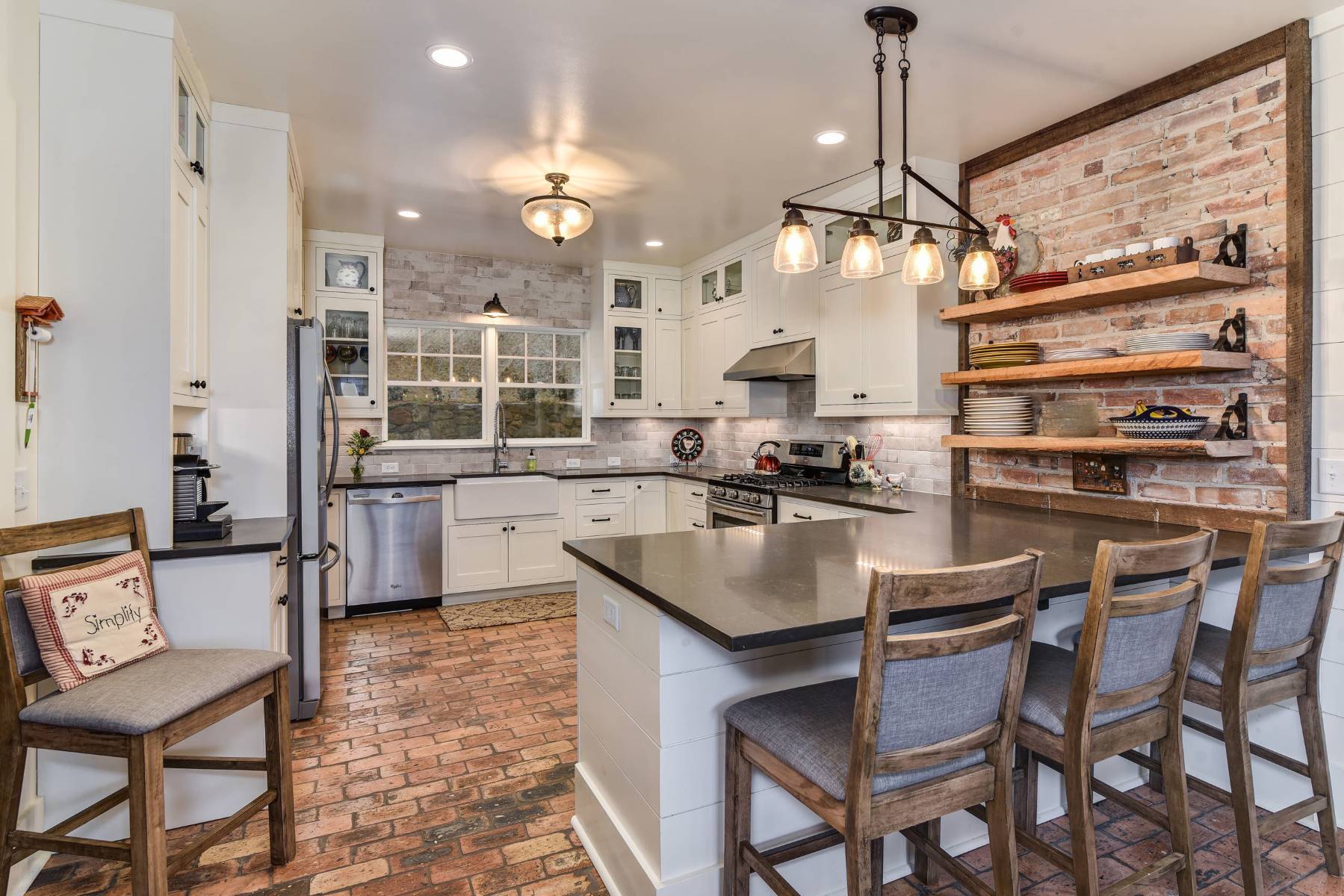

Home Renovation Guides
Where To End Backsplash Peninsula
Modified: February 18, 2024
Discover the best tips for ending a backsplash peninsula in your home renovation project with our comprehensive guide. Learn the latest techniques and design ideas.
(Many of the links in this article redirect to a specific reviewed product. Your purchase of these products through affiliate links helps to generate commission for Storables.com, at no extra cost. Learn more)
Introduction
When it comes to home renovation projects, attention to detail can make all the difference. One such detail that often requires careful consideration is where to end the backsplash peninsula. This decision can significantly impact the overall aesthetic and functionality of the space, making it a crucial aspect of the design process.
The backsplash peninsula serves as a focal point in the kitchen, seamlessly blending the countertop and the wall. Determining where to end the backsplash peninsula involves a thoughtful evaluation of various factors, including the layout of the kitchen, the desired visual impact, and the practicality of the design. It's not just about aesthetics; it's also about ensuring that the chosen endpoint enhances the functionality of the space.
As we delve into the considerations and options for ending the backsplash peninsula, it's important to recognize that this decision is not one-size-fits-all. Each kitchen has its unique layout and design elements, and the endpoint of the backsplash peninsula should harmonize with these individual characteristics. By exploring the considerations and options in detail, homeowners and designers can make informed decisions that align with their specific needs and preferences.
The endpoint of the backsplash peninsula is a defining feature that can elevate the overall look and feel of the kitchen. Whether it's a clean and seamless transition, a bold design statement, or a practical solution, the endpoint of the backsplash peninsula has the potential to tie the entire space together. By understanding the various factors at play and the available options, homeowners and designers can navigate this aspect of the renovation process with confidence and creativity.
Key Takeaways:
- Choose where to end your backsplash peninsula based on your kitchen layout, personal style, and practicality. Options include seamless continuation, bold termination, functional endpoint, material contrast, and open termination.
- The endpoint of your backsplash peninsula can make a big impact on your kitchen’s look and functionality. Consider visual continuity, material selection, and future flexibility to make an informed decision.
Read more: Where To End A Backsplash
Considerations for Ending Backsplash Peninsula
When determining where to end the backsplash peninsula, several crucial considerations come into play. These factors not only influence the visual appeal of the kitchen but also impact its functionality. By carefully evaluating these considerations, homeowners and designers can make informed decisions that align with their specific needs and preferences.
-
Kitchen Layout: The layout of the kitchen plays a pivotal role in deciding the endpoint of the backsplash peninsula. It's essential to assess the overall flow of the space and the positioning of key elements such as the stove, sink, and countertop. The endpoint should seamlessly integrate with the existing layout, creating a cohesive and balanced look.
-
Visual Continuity: Achieving visual continuity is a key consideration when ending the backsplash peninsula. The endpoint should contribute to a sense of unity and flow within the kitchen design. It's important to assess how the endpoint interacts with the surrounding elements, such as cabinets, appliances, and the overall color scheme, to ensure a harmonious visual impact.
-
Functional Integration: Beyond aesthetics, the endpoint of the backsplash peninsula should align with practical considerations. It's crucial to evaluate how the endpoint facilitates easy cleaning and maintenance. Additionally, considering the impact on the countertop materials and the ease of installation is essential for a seamless and functional design.
-
Personal Style and Preference: Understanding personal style and preference is paramount when making decisions about the endpoint of the backsplash peninsula. Whether aiming for a modern, minimalist look or a bold, statement-making design, the endpoint should reflect the homeowner's unique style while complementing the overall aesthetic of the kitchen.
-
Material Selection: The choice of materials for the backsplash and countertop also influences the endpoint. Whether opting for a continuous material flow or a deliberate contrast, the endpoint should enhance the chosen materials, creating a visually appealing transition that adds depth and character to the kitchen space.
-
Future Flexibility: Anticipating future changes or renovations in the kitchen is an important consideration. The endpoint of the backsplash peninsula should allow for flexibility, accommodating potential modifications or updates to the kitchen without disrupting the overall design cohesiveness.
By carefully considering these factors, homeowners and designers can navigate the decision-making process with clarity and purpose, ensuring that the endpoint of the backsplash peninsula aligns with both the visual and functional aspects of the kitchen design.
When ending a backsplash peninsula, consider ending it at the edge of the countertop for a clean and seamless look. This will also make it easier to maintain and clean.
Options for Ending Backsplash Peninsula
When it comes to determining the endpoint of the backsplash peninsula, several options exist, each offering unique visual and functional implications. These options provide homeowners and designers with the flexibility to tailor the endpoint to suit their specific preferences and the overall design of the kitchen.
-
Seamless Continuation: One popular option involves extending the backsplash to the end of the countertop, creating a seamless visual transition. This approach offers a clean and cohesive look, maintaining a sense of continuity throughout the kitchen. By seamlessly continuing the backsplash, the design achieves a polished and integrated appearance, ideal for modern and minimalist kitchen styles.
-
Bold Termination: For those seeking to make a design statement, a bold termination can be a compelling option. This involves ending the backsplash at a deliberate point, often with a contrasting or decorative element. Whether it's a striking tile pattern, a unique trim, or a distinct color choice, a bold termination adds visual interest and personality to the kitchen, serving as a focal point that captures attention and infuses the space with character.
-
Functional Endpoint: Prioritizing practicality, a functional endpoint focuses on optimizing the backsplash for easy maintenance and cleaning. This option often involves ending the backsplash slightly before reaching the end of the countertop, allowing for a seamless transition to the wall. By considering the ease of cleaning and the impact on countertop materials, a functional endpoint ensures that the kitchen remains both visually appealing and practical for everyday use.
-
Material Contrast: Introducing a material contrast at the endpoint of the backsplash peninsula can create a visually dynamic effect. This option involves transitioning from one backsplash material to another or integrating a contrasting element, such as a metal trim or a different tile pattern. By embracing material contrast, the endpoint becomes a focal feature, adding depth and texture to the kitchen design while showcasing a deliberate interplay of materials.
-
Open Termination: Embracing an open termination approach involves ending the backsplash before reaching the end of the countertop, allowing the wall to remain exposed. This option creates a sense of openness and can be particularly effective in smaller kitchens, where it contributes to an airy and spacious feel. Additionally, an open termination offers flexibility for future modifications, making it a practical choice for homeowners anticipating potential changes in the kitchen layout.
By considering these diverse options for ending the backsplash peninsula, homeowners and designers can tailor the endpoint to align with their stylistic preferences, functional needs, and the overall aesthetic of the kitchen. Each option presents an opportunity to enhance the visual impact and functionality of the space, allowing for creative expression and thoughtful integration within the kitchen design.
Conclusion
In conclusion, the endpoint of the backsplash peninsula holds significant influence over the overall aesthetic and functionality of the kitchen. By carefully considering the layout, visual continuity, functional integration, personal style, material selection, and future flexibility, homeowners and designers can make informed decisions that align with their specific needs and preferences.
The diverse options for ending the backsplash peninsula offer flexibility and creative potential, allowing for tailored solutions that complement the overall design of the kitchen. Whether opting for a seamless continuation, a bold termination, a functional endpoint, material contrast, or an open termination, each option presents unique opportunities to enhance the visual impact and functionality of the space.
Ultimately, the decision on where to end the backsplash peninsula should harmonize with the individual characteristics of the kitchen, reflecting the homeowner's style and preferences while ensuring a cohesive and balanced design. By embracing thoughtful consideration and creative exploration, homeowners and designers can transform the endpoint of the backsplash peninsula into a defining feature that elevates the entire kitchen space.
As the renovation journey unfolds, it's essential to approach this decision with a blend of practicality and creativity, recognizing the potential for the endpoint to serve as a focal point that captures attention and infuses the kitchen with personality. With a keen eye for detail and a clear understanding of the available options, homeowners and designers can navigate this aspect of the design process with confidence, resulting in a backsplash peninsula endpoint that seamlessly integrates with the overall vision for the kitchen.
In essence, the endpoint of the backsplash peninsula is not merely a design detail; it's a reflection of the homeowner's unique style, a testament to thoughtful design considerations, and a pivotal element that contributes to the overall charm and functionality of the kitchen. By embracing the considerations and options presented, homeowners and designers can embark on this aspect of the renovation journey with clarity, creativity, and a deep appreciation for the transformative impact of a well-planned backsplash peninsula endpoint.
Frequently Asked Questions about Where To End Backsplash Peninsula
Was this page helpful?
At Storables.com, we guarantee accurate and reliable information. Our content, validated by Expert Board Contributors, is crafted following stringent Editorial Policies. We're committed to providing you with well-researched, expert-backed insights for all your informational needs.
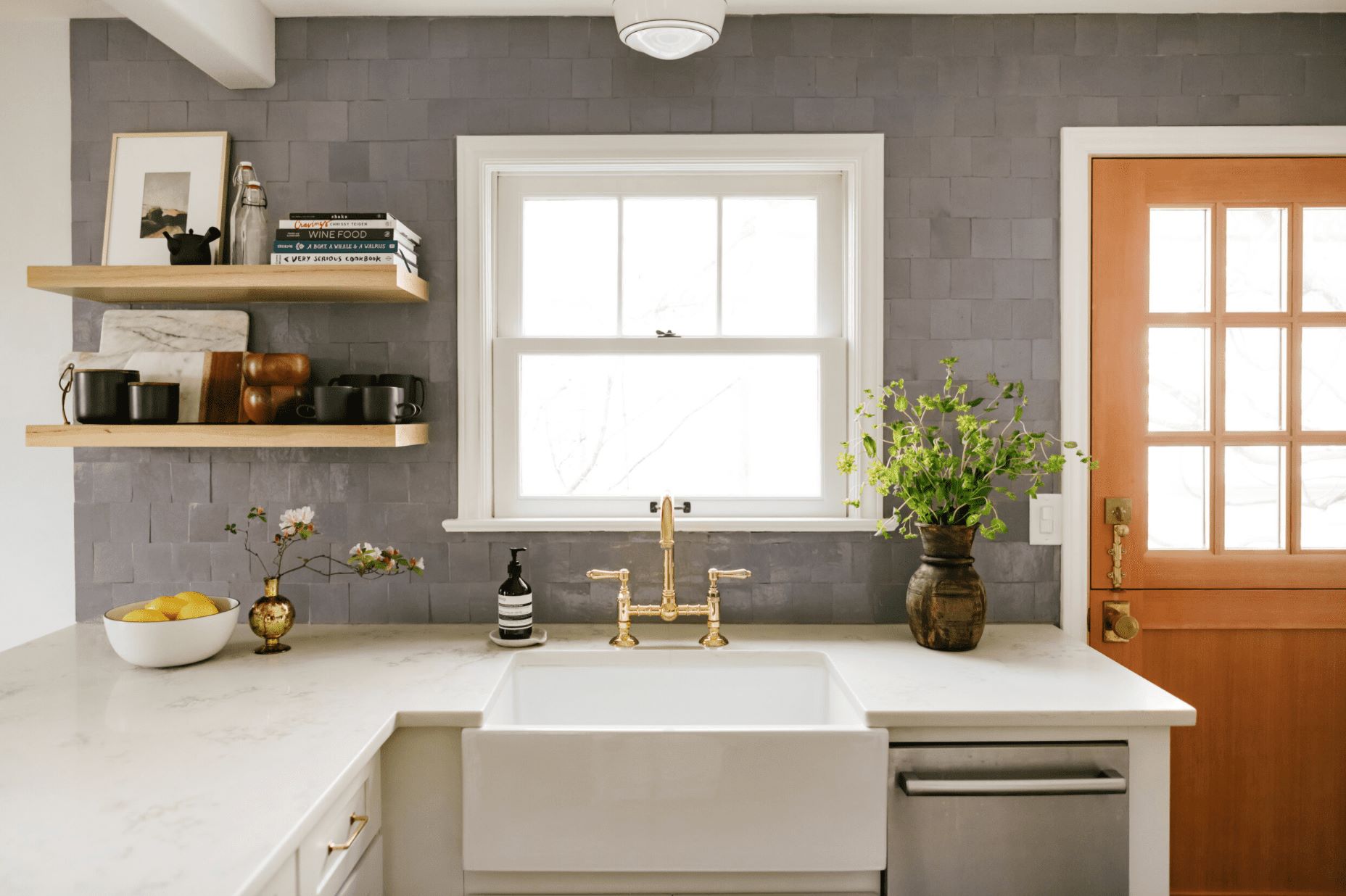

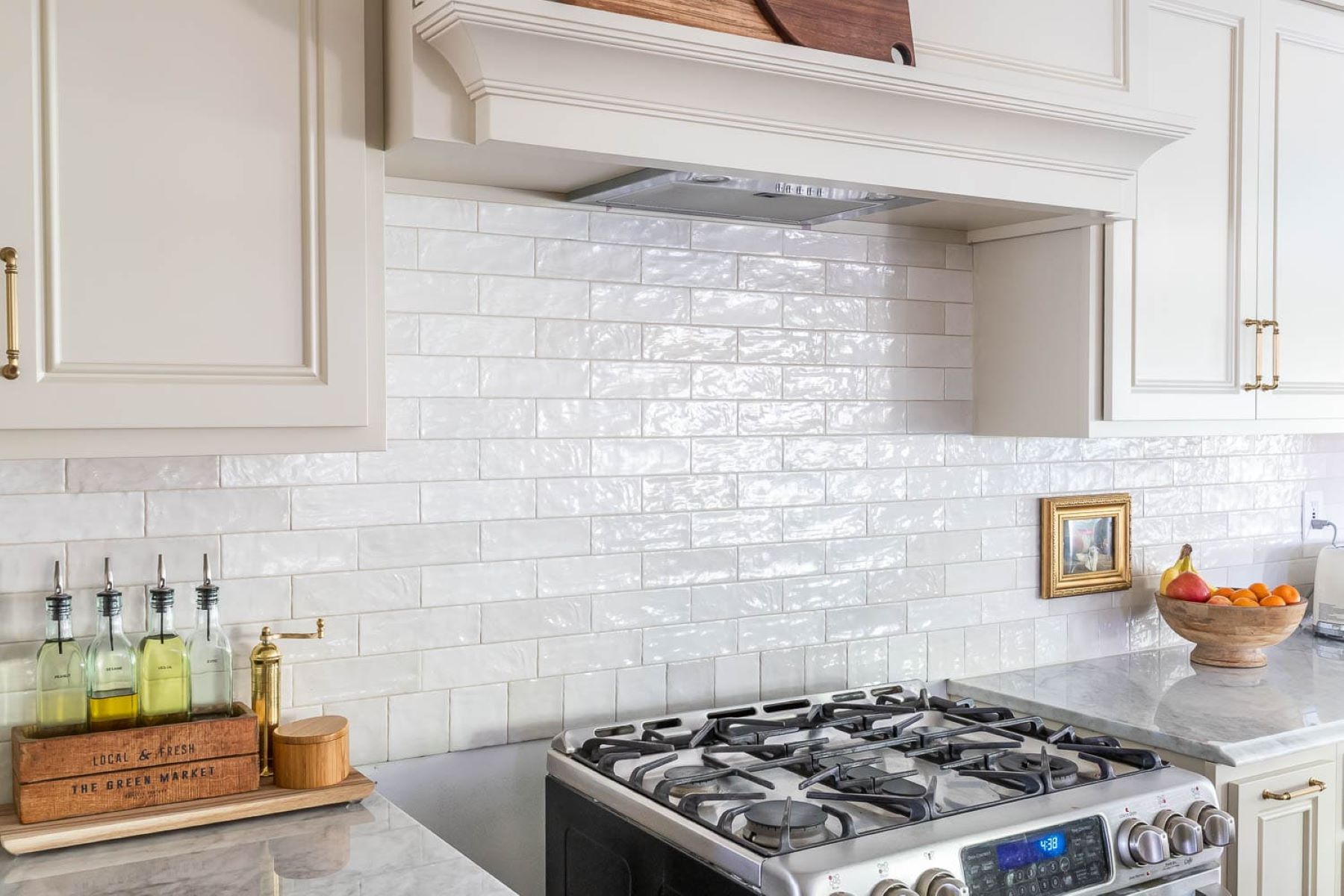

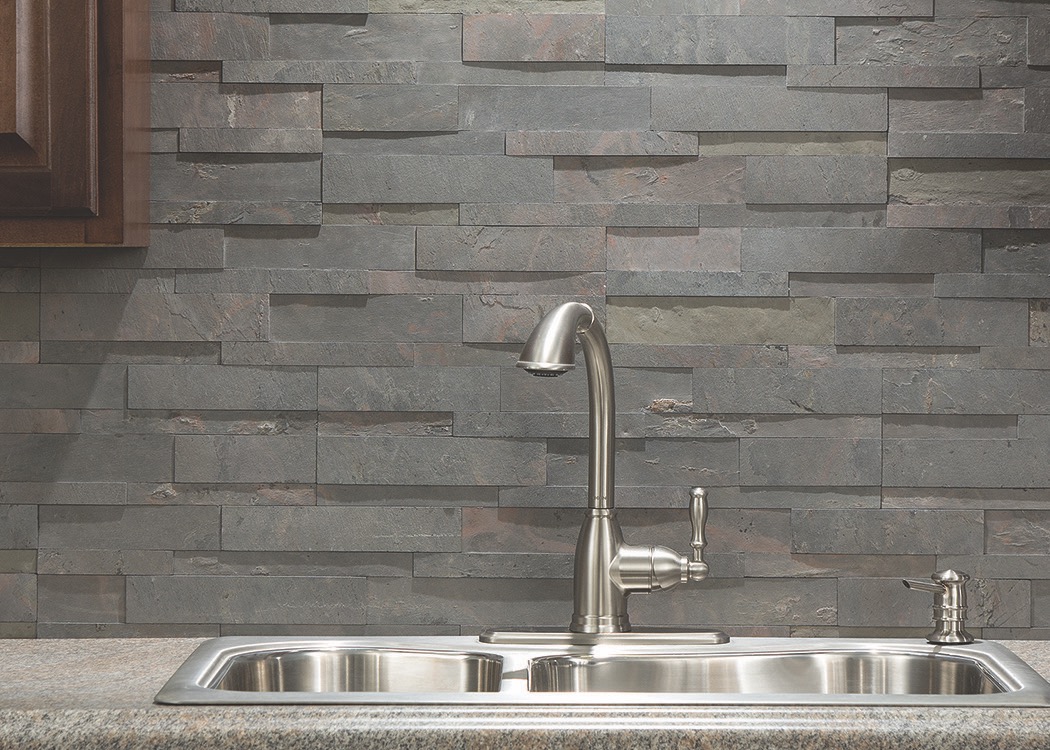
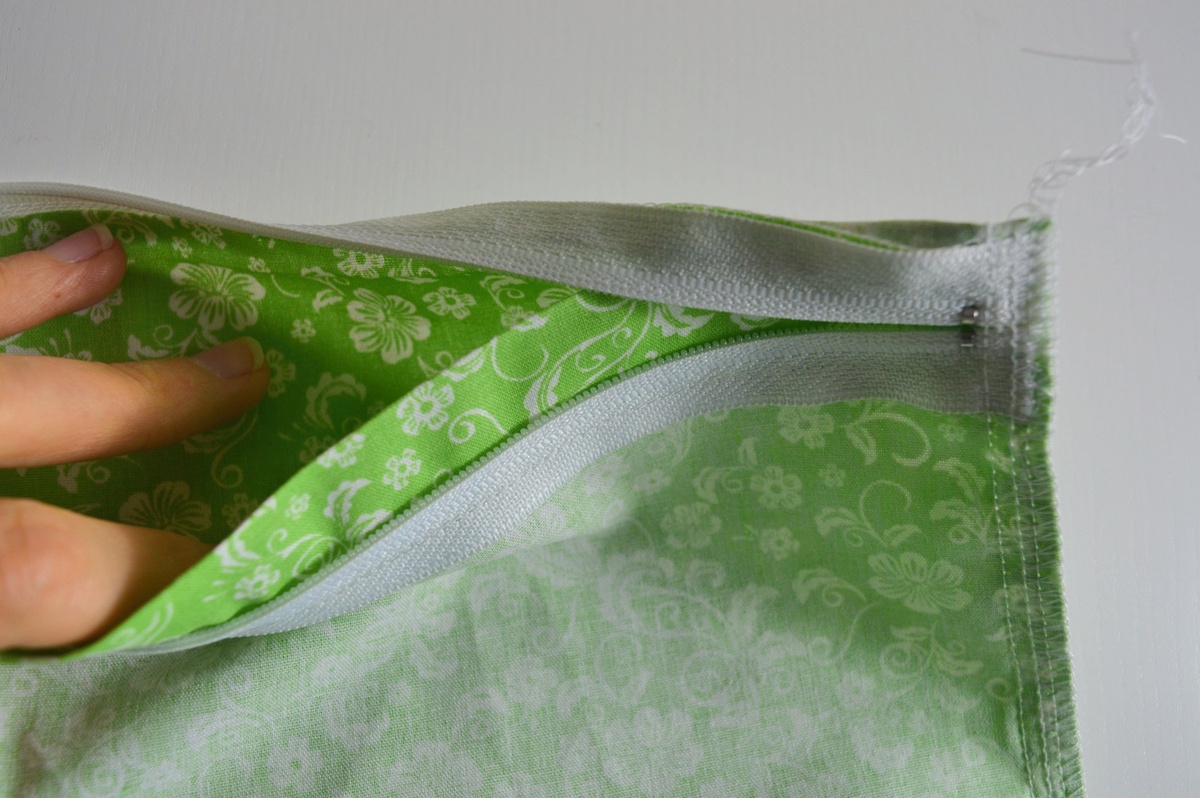
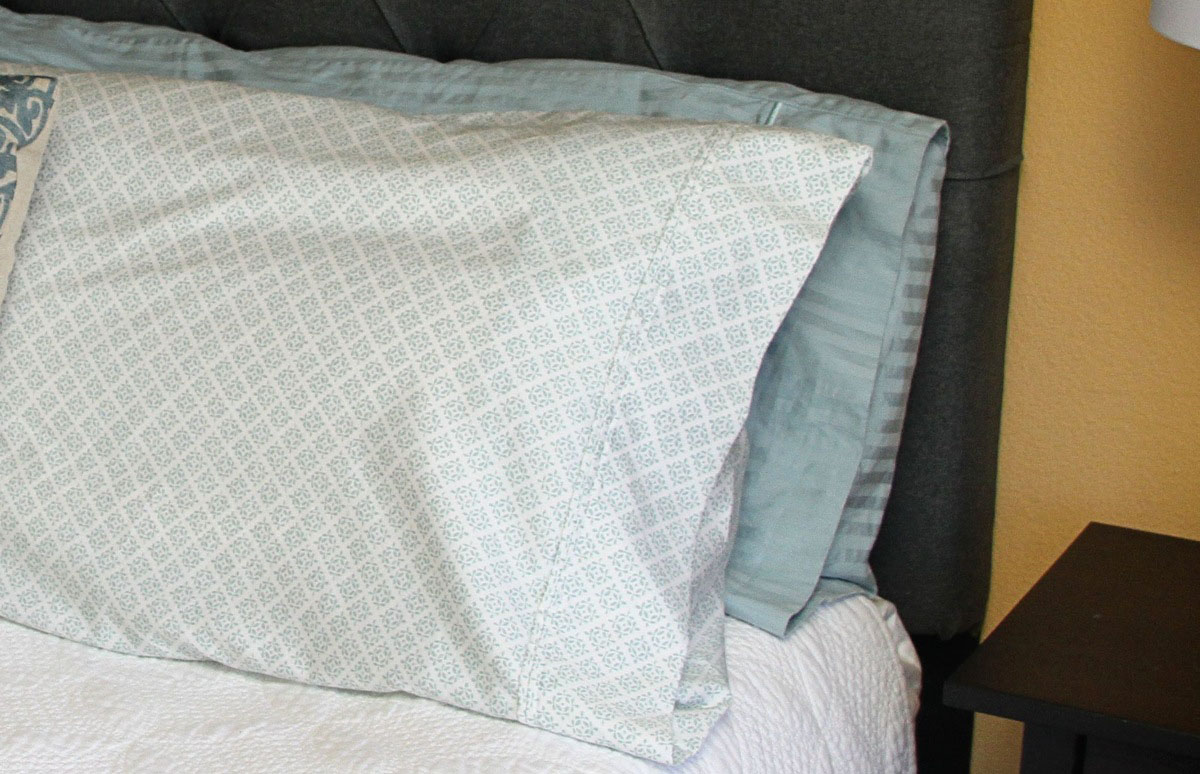

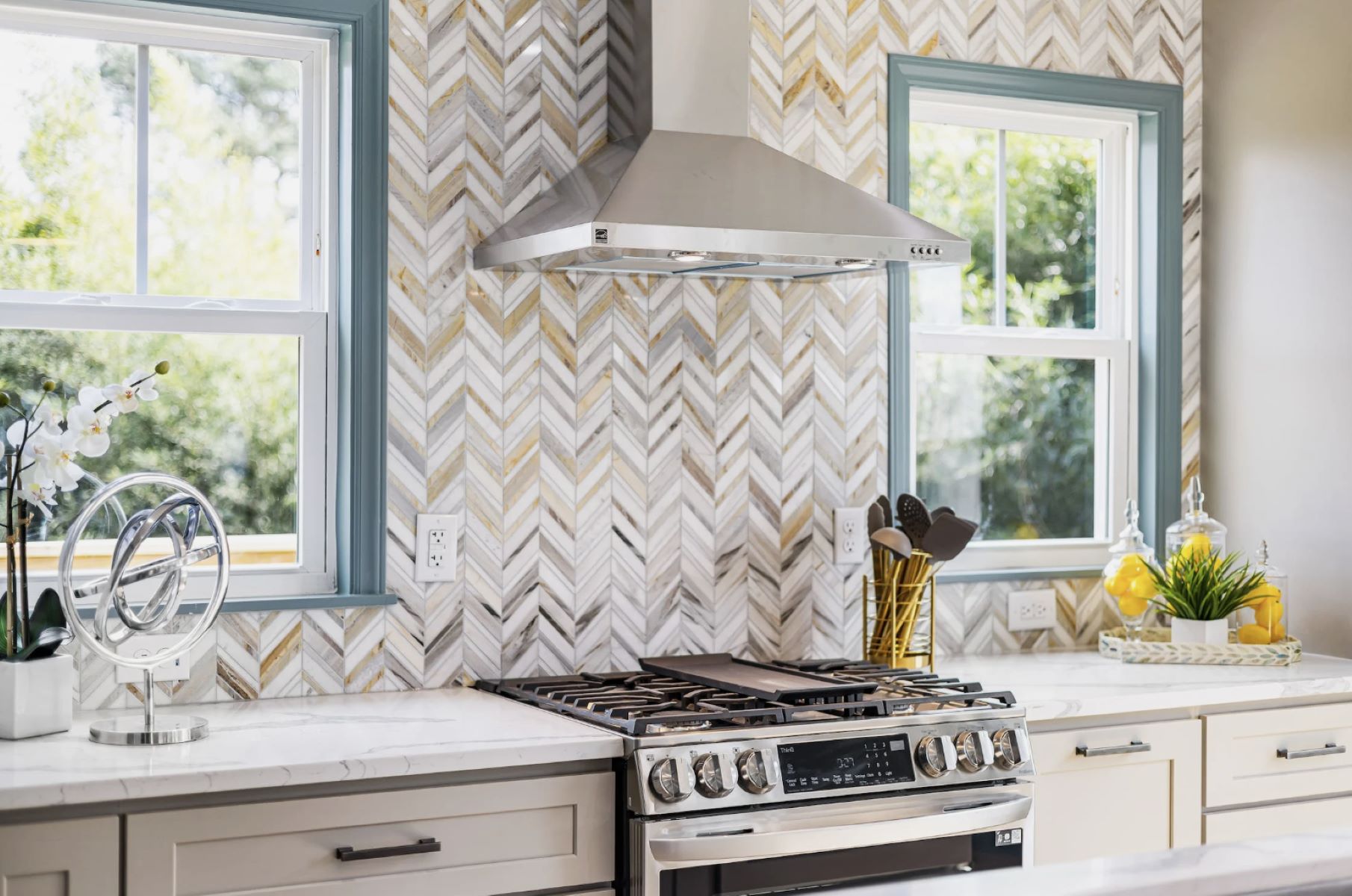
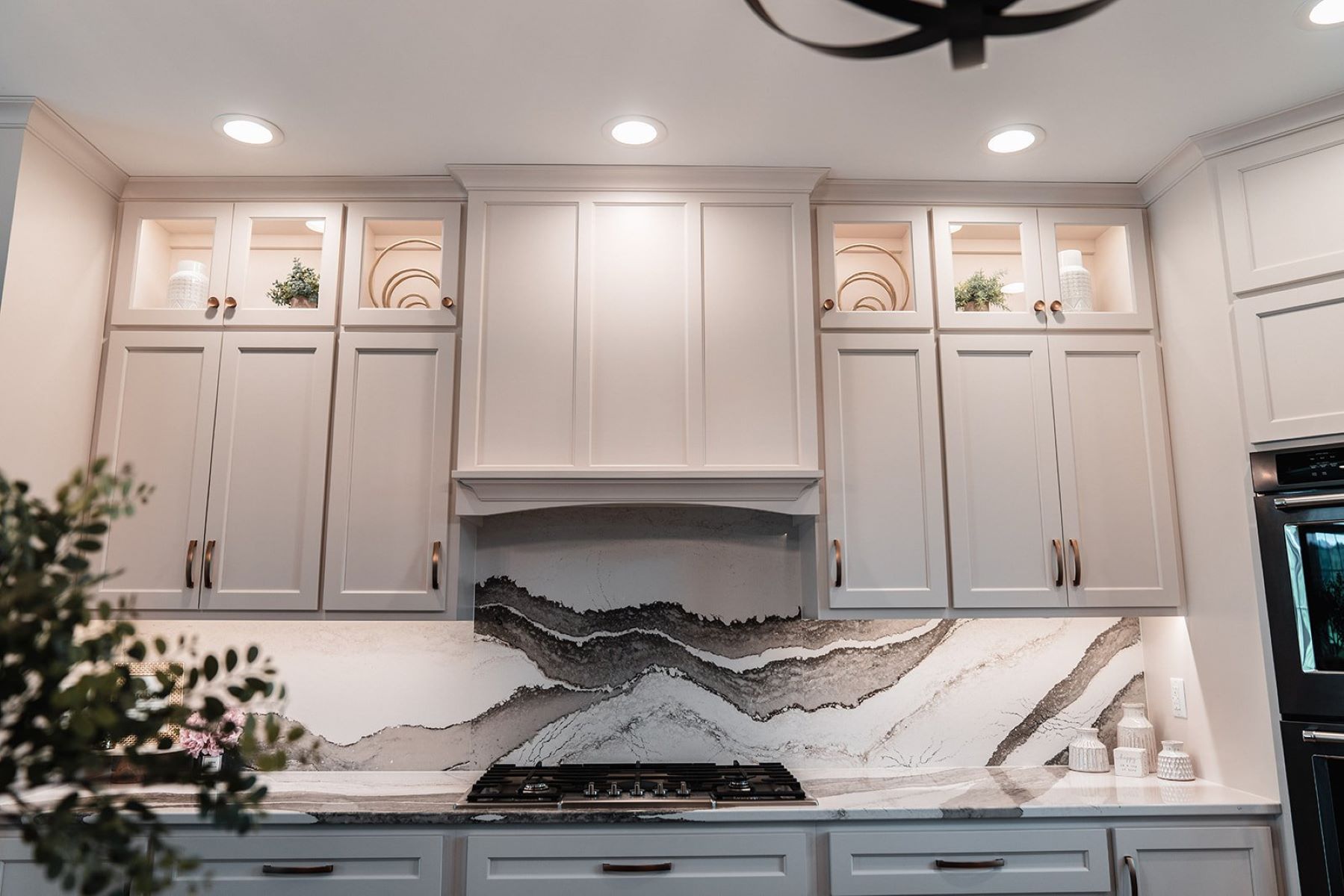
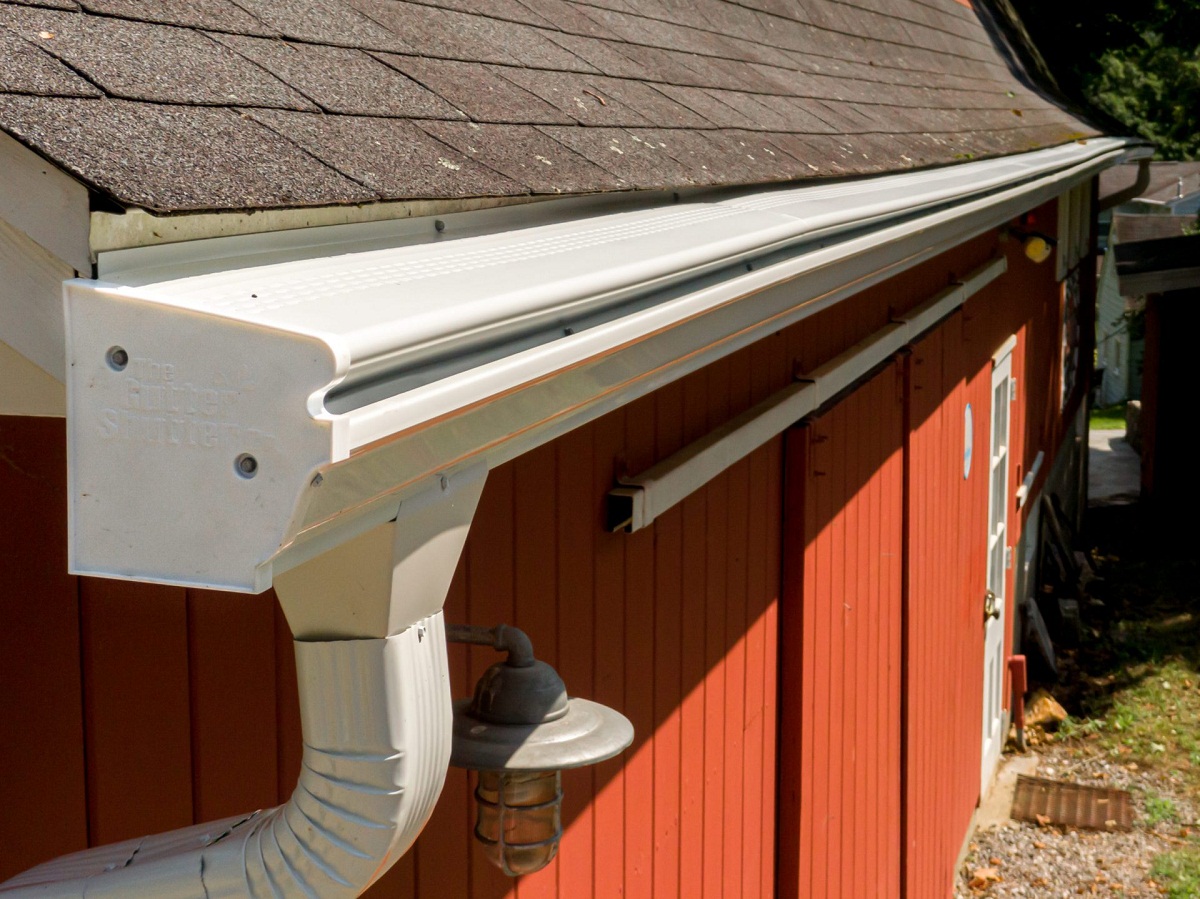

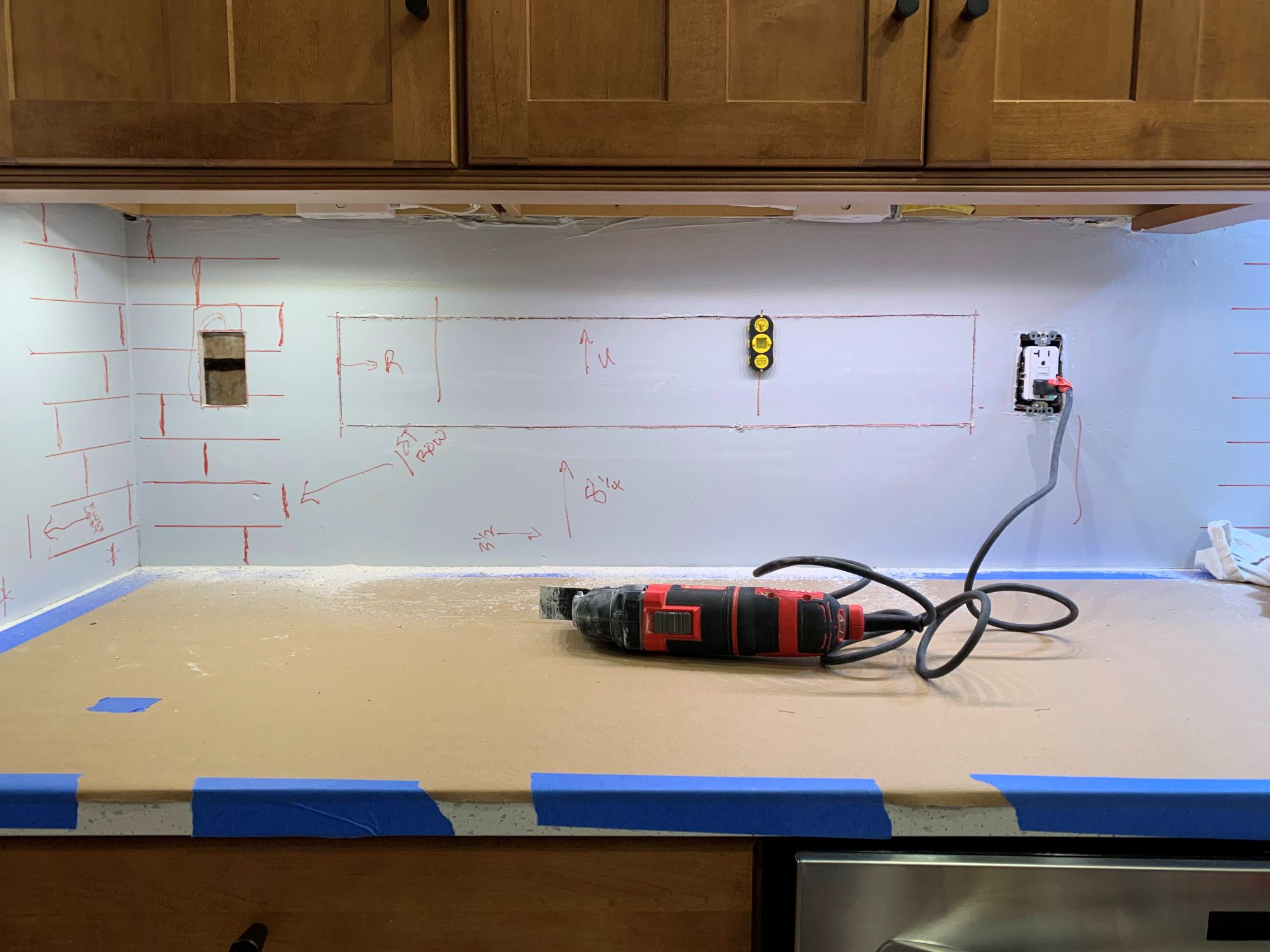
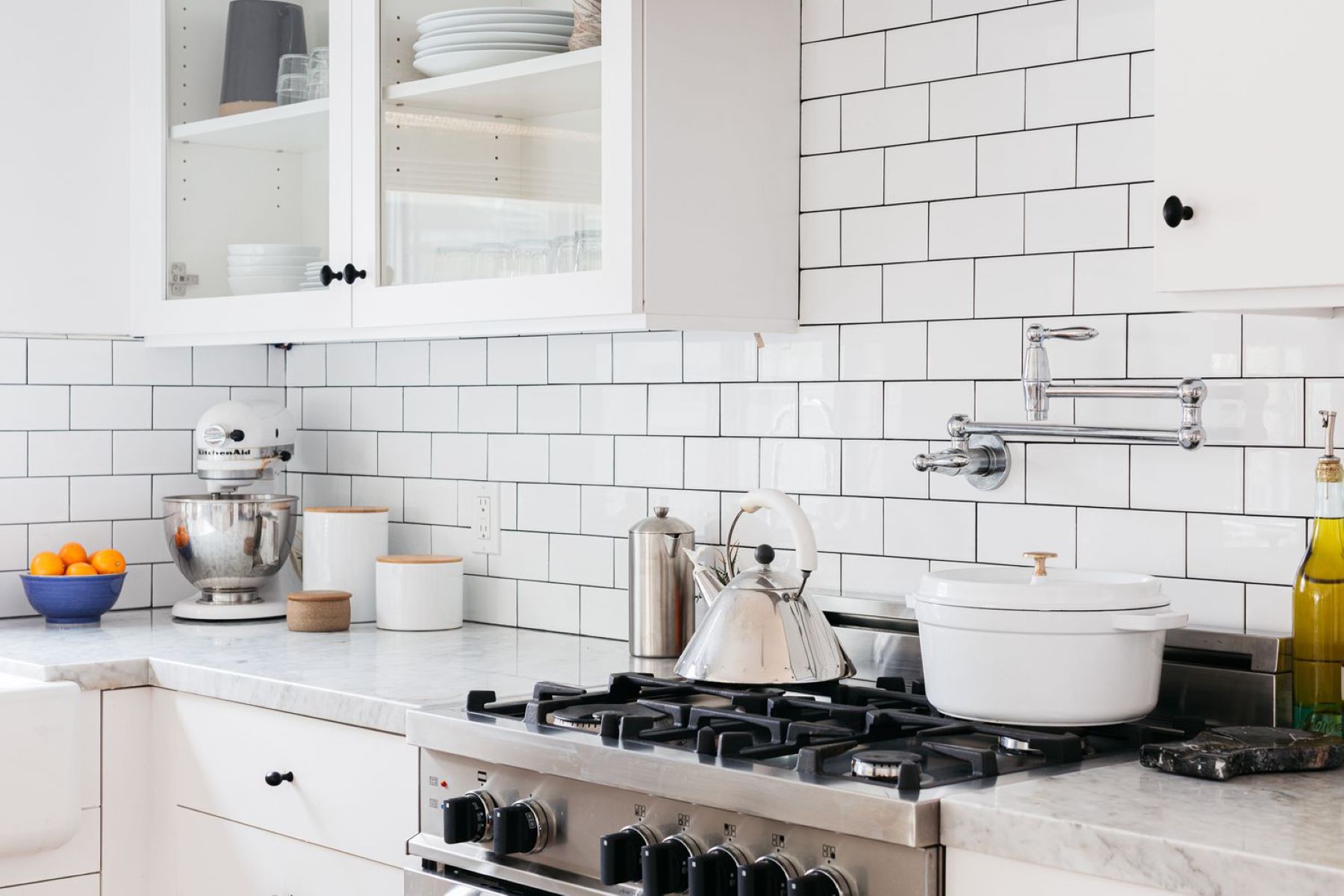
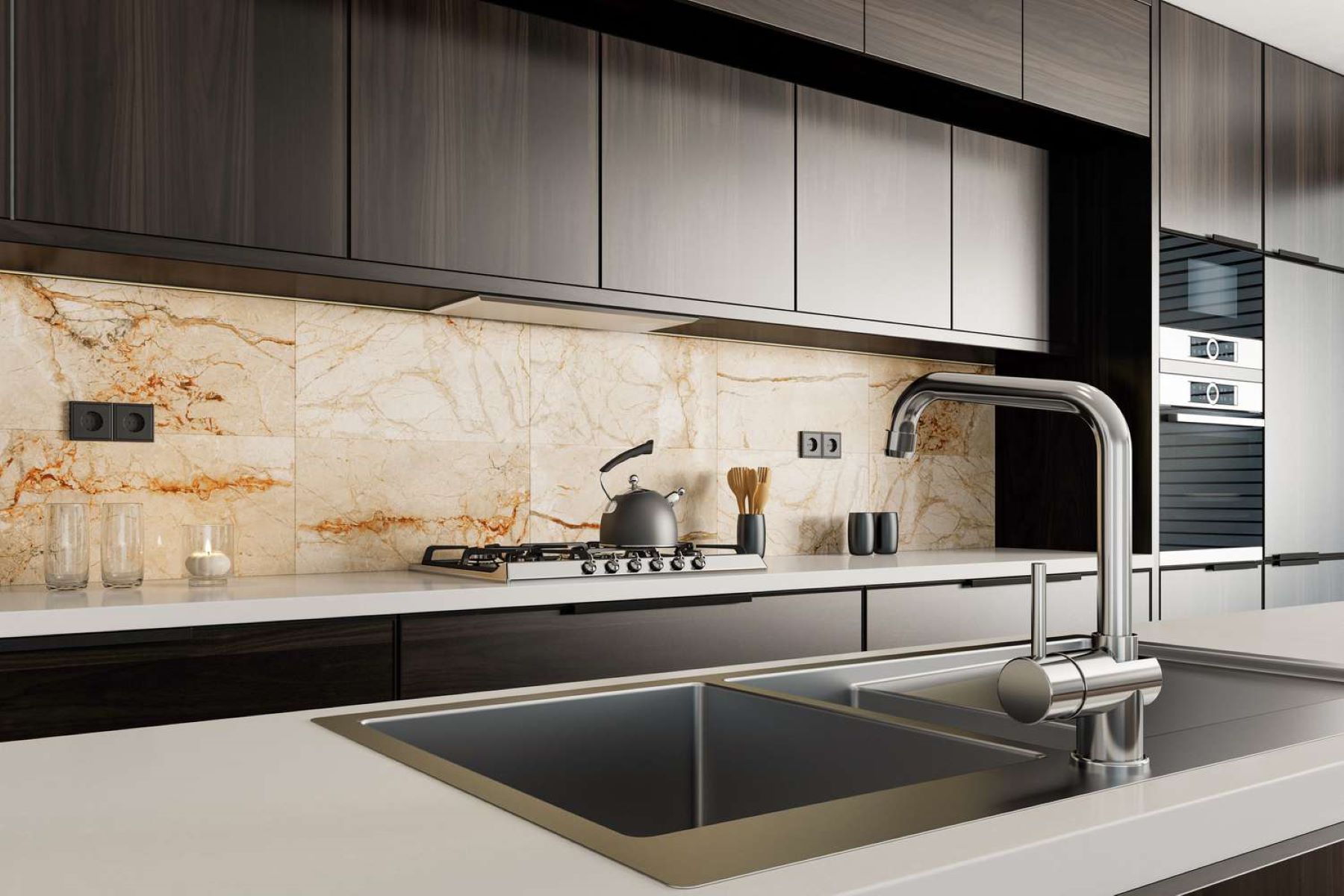

0 thoughts on “Where To End Backsplash Peninsula”